Japanese plen :
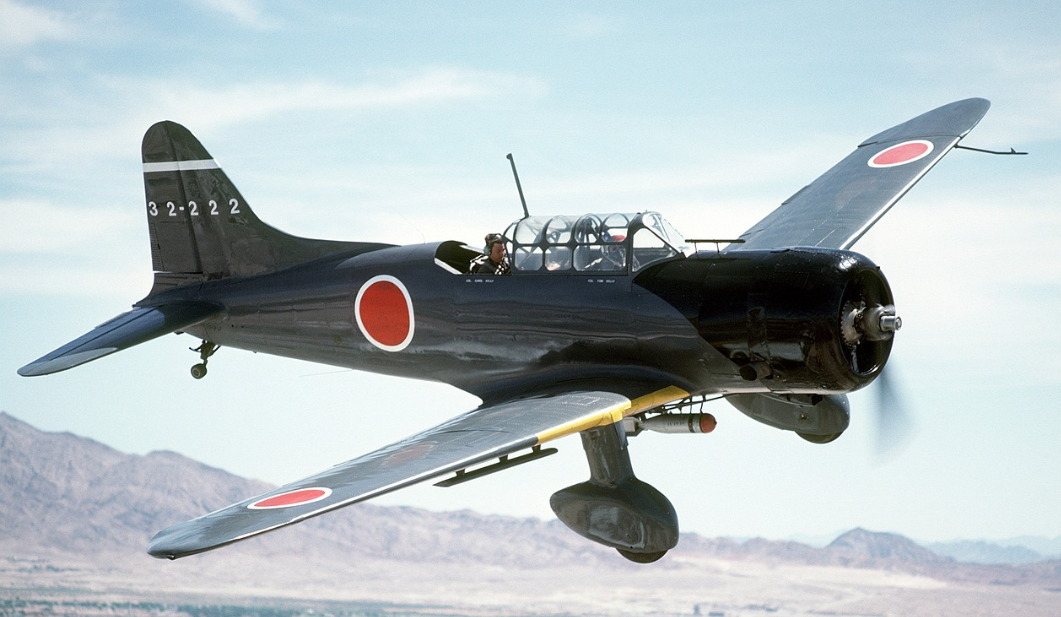
The Aichi D3A (Navy designation "Type 99 Carrier Bomber"; Allied reporting name "Val")[a] is a World War II carrier-borne dive bomber. It was the primary dive bomber of the Imperial Japanese Navy (IJN) and was involved in almost all IJN actions, including the attack on Pearl Harbor.
The Aichi D3A was the first Japanese aircraft to bomb American targets in the war, commencing with Pearl Harbor and U.S. bases in the Philippines, such as Clark Air Force Base. They sank more Allied warships than any other Axis aircraft.
Operational History
An individual D3A dive bomber was commanded by the senior ranking crew member aboard, which could be the observer rather than the pilot.[7] This was in contrast to US Navy, where the pilot was almost always the commander of a dive bomber. For example, Petty Officer First Class Kiyoto Furuta was serving as a pilot to Lieutenant Takehiko Chihaya during the Attack on Pearl Harbor,[7] and later on to Lieutenant Keiichi Arima during the two carrier battles of the Solomon Islands campaign,[13] both of whom were observers.
The D3A1 first saw combat operation in November 1939, one month prior to its official acceptance as the Navy Type 99 dive bomber. Nakajima sent several examples to the 14th Air group operating at Haikou on Hainan island in South China. These D3A1s were commanded by Lieutenant Sadamu Takahashi and supported the Imperial Japanese Army in the capture of Nanning, which was intended to cut the supplies coming from French Indochina. After the capture of Nanning, they continued to be operated in the area in 1940. In May 1940, 12th Air Group became the second front-line unit to be equipped with the new D3A1 dive bombers. They first participated in the capture of Yichang and conducted anti-shipping operations on Yangtze river, west of Yichang, in order to cut the Chinese supplies coming from Chongqing. In September, D3A1 from the 12th Air Group started to fly missions against Chongqing, which was the Chinese capital at the time. After the invasion of Indochina in autumn 1940, 14th Air Group operated at Hanoi and flew missions against Kunming and Burma Road.[7]
The D3A1 commenced carrier qualification trials aboard the aircraft carriers Akagi and Kaga during 1940, while a small number of aircraft made their combat debut from land bases over China.[10] Starting with the attack on Pearl Harbor, the D3A1 took part in all major Japanese carrier operations in the first 10 months of the war. They achieved their first major success against the Royal Navy during their Indian Ocean raid in April 1942. D3A1 dive bombers scored over 80% hits[14] with their bombs during attacks on two heavy cruisers and an aircraft carrier during the operation.
Before the Indian Ocean raid, the established doctrine regarding attacks against ships was to arm all D3A1 dive bombers with semi-AP bombs. On 5 April 1942, an IJN carrier force attacked Colombo on Ceylon with half of its complement, while the other half was kept in reserve for strikes against ships. Since a second strike against Colombo was deemed necessary, the dive bombers of the reserve force were rearmed from semi-AP bombs to land bombs. When British heavy cruisers were spotted soon afterwards, the reserve force was sent with a portion of D3A1 dive bombers armed with land bombs. In the subsequent attack, land bombs unintentionally proved very effective in suppressing the anti-aircraft fire from the ships. As a result, the doctrine was modified in order to intentionally equip the first few D3A1 dive bombers with land bombs. This new method was already implemented for the attack that sank HMS Hermes just four days later, and continued to be used from then on.[7]
During 1942, dive bombing attacks by carrier-based D3A1 and D3A2 bombers significantly contributed to sinking of three US fleet carriers: Lexington at the Battle of the Coral Sea, Yorktown at the Battle of Midway and Hornet at the Battle of the Santa Cruz Islands. In addition, they damaged the carrier Enterprise both at the Battle of the Eastern Solomons and at the Battle of the Santa Cruz Islands.[15][13] Besides carrier-based units, D3A dive bombers also operated from land bases during the Solomon Islands campaign, where they participated in the Guadalcanal Campaign, Operation I-Go, Operation SE and Operation RO, and during the New Guinea campaign, where they participated in the Battle of Milne Bay and Battle of Buna–Gona. The main land-based unit to operate D3A dive bombers during these campaigns and battles was the 2nd/582nd Air Group.[13][16][17]
During the course of the war, D3A dive bombers often combined their attacks upon enemy warships with the IJN Nakajima B5N Kate torpedo bomber; consequently enemy vessels were often sunk by a combination strike of bombs and torpedoes. However, there were occasions when just the D3A's would make the attacks, or at least score the sinking hits. Discounting the Pearl Harbor strike, which also used the B5N for level bombing and torpedo attacks, D3A dive bombers were credited with sinking ally warships
Specifications
General Characteristics
- Created On Android
- Wingspan 96.4ft (29.4m)
- Length 70.9ft (21.6m)
- Height 26.3ft (8.0m)
- Empty Weight 21,504lbs (9,754kg)
- Loaded Weight 57,976lbs (26,297kg)
Performance
- Horse Power/Weight Ratio 0.137
- Wing Loading 27.8lbs/ft2 (135.6kg/m2)
- Wing Area 2,087.5ft2 (193.9m2)
- Drag Points 13610
Parts
- Number of Parts 111
- Control Surfaces 12
- Performance Cost 504

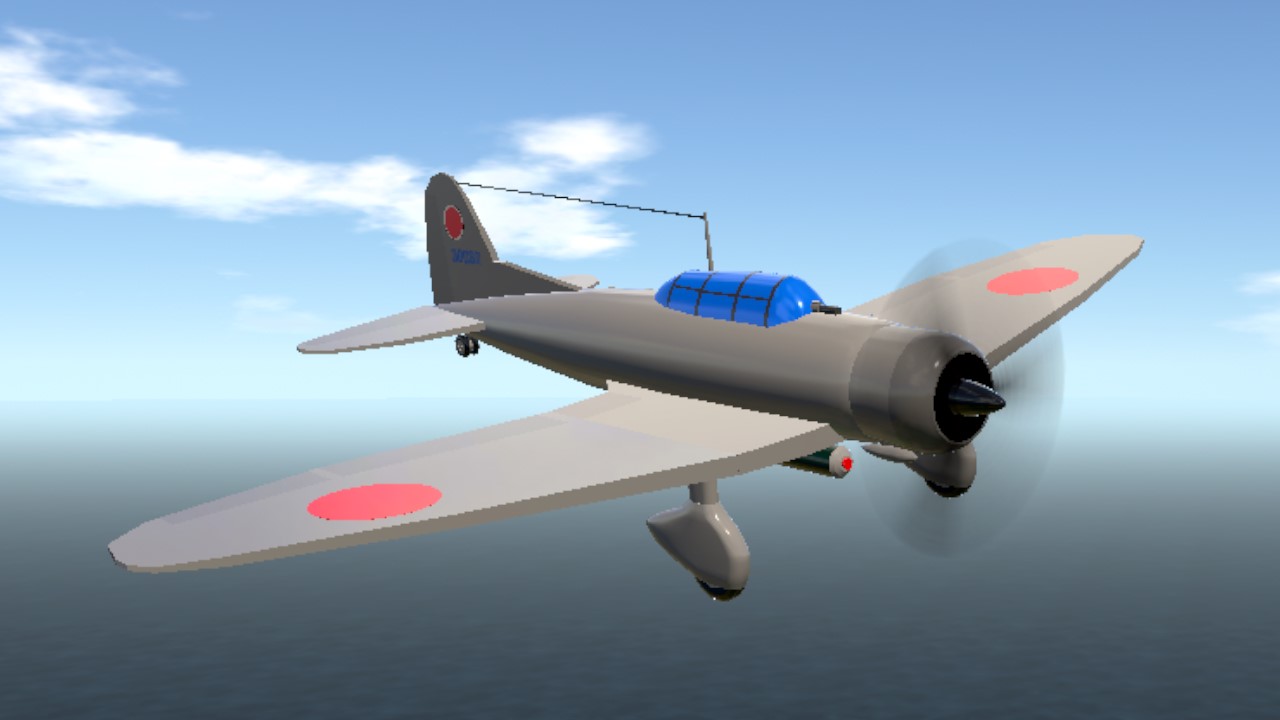
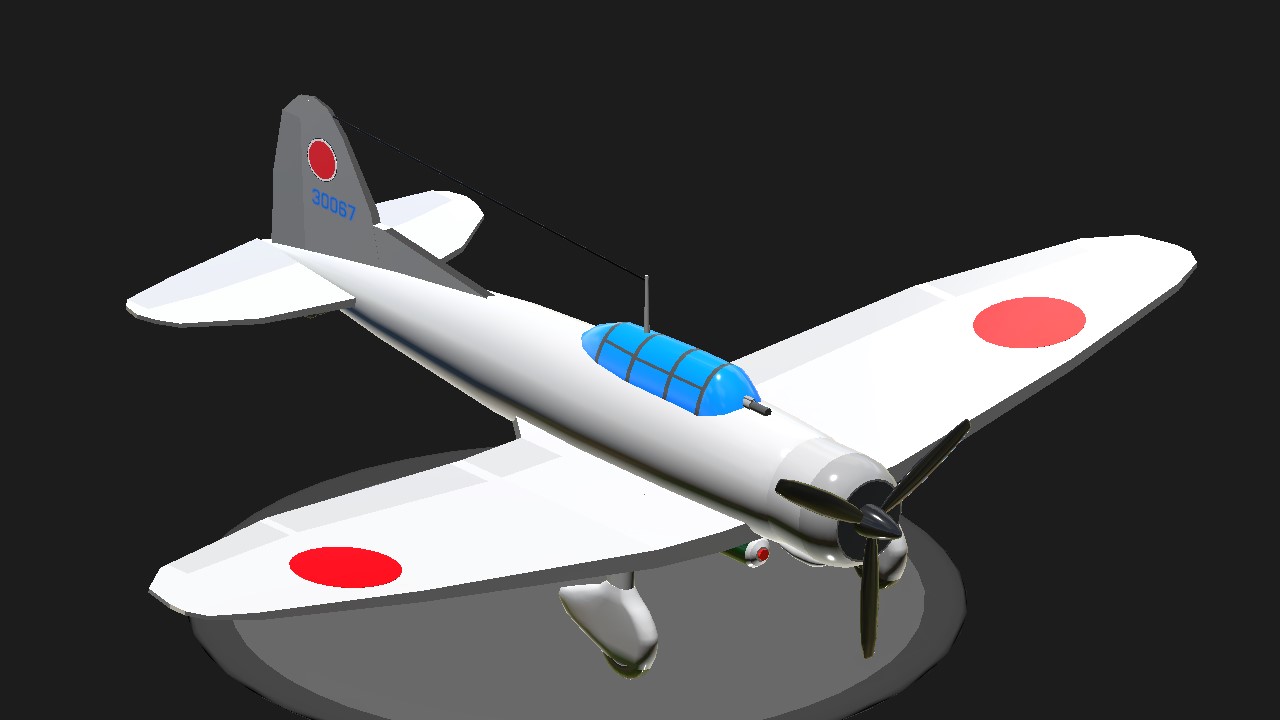
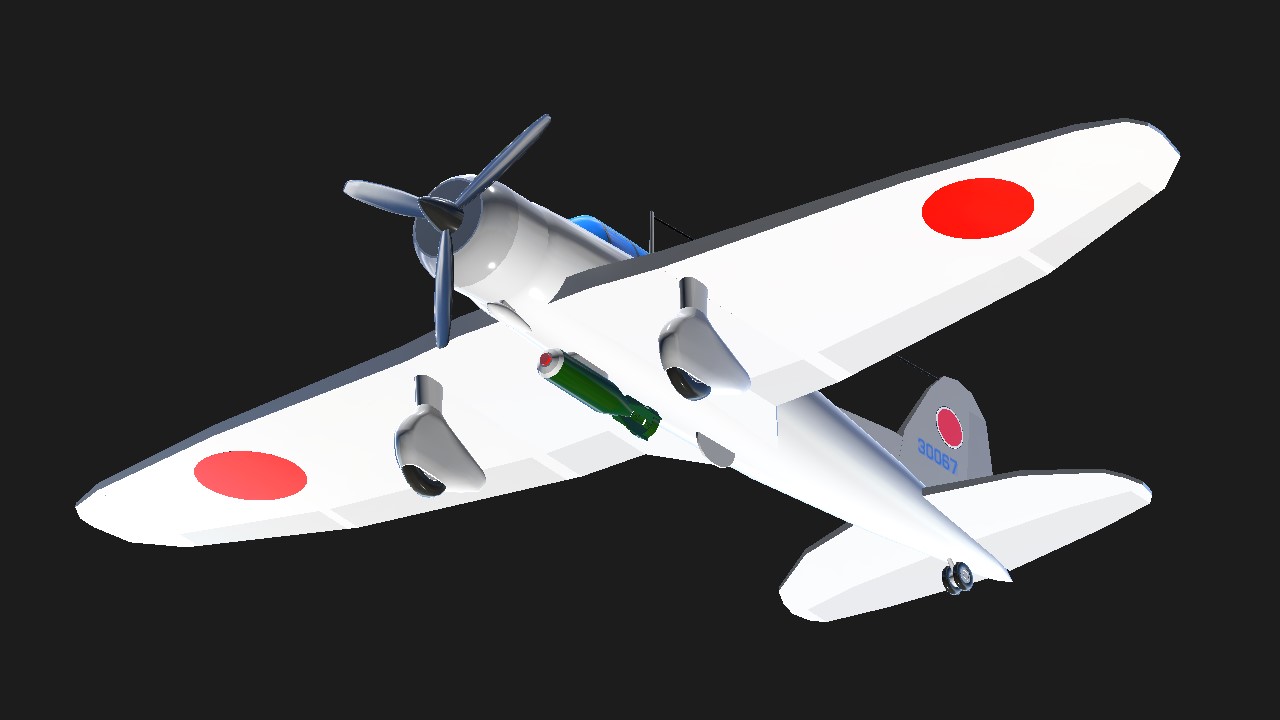
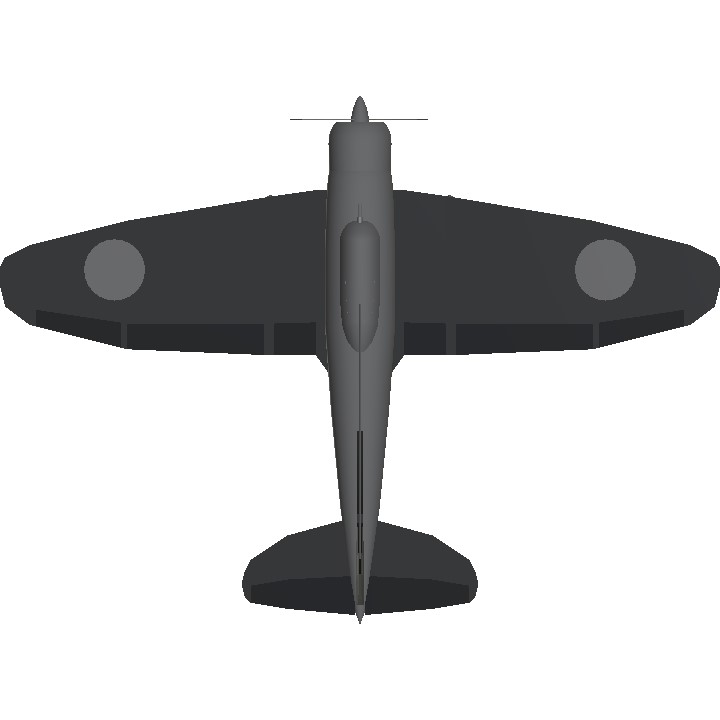
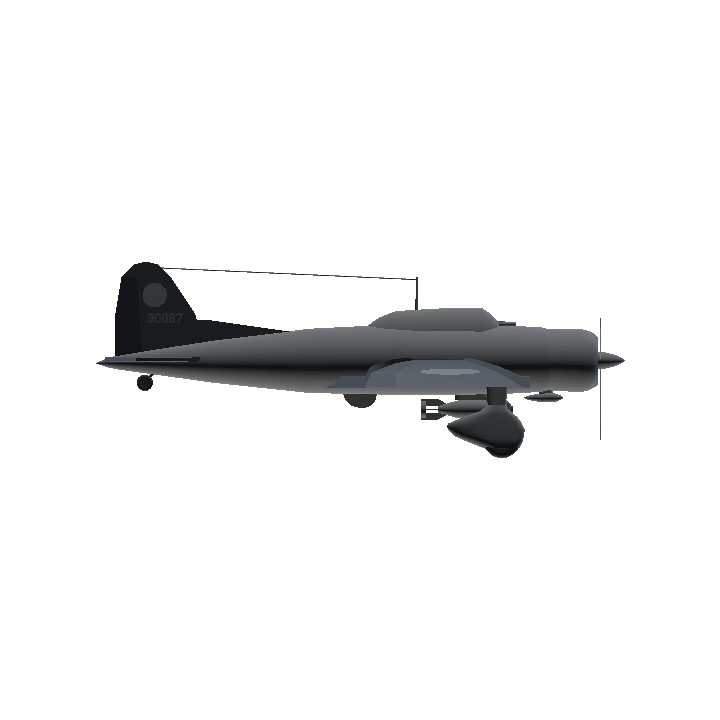
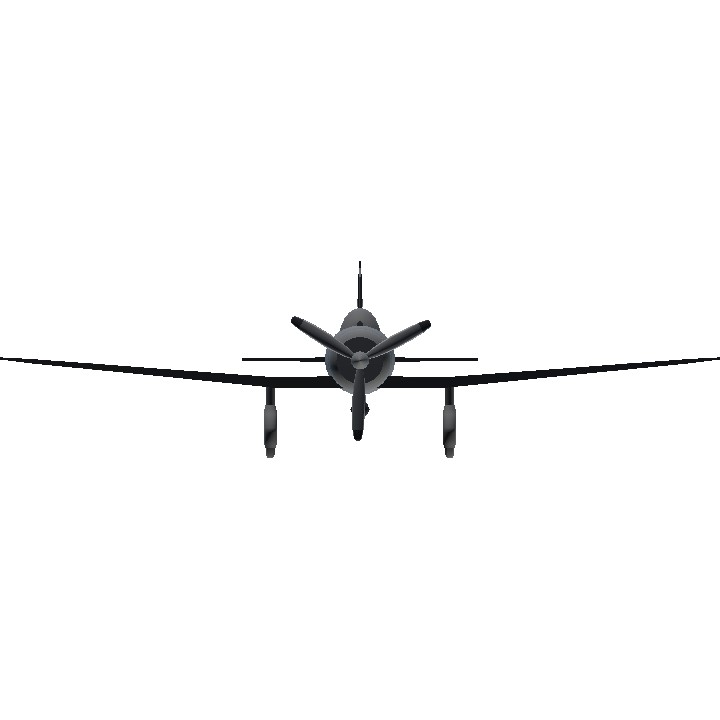
You should try Task Force Admiral, being released soon on steam
@Pakdaaircraftindustries Me too
@TunerTakedown hey I also played that game
General quarters
From roblox
@Mitterbin thk
Cool banzai